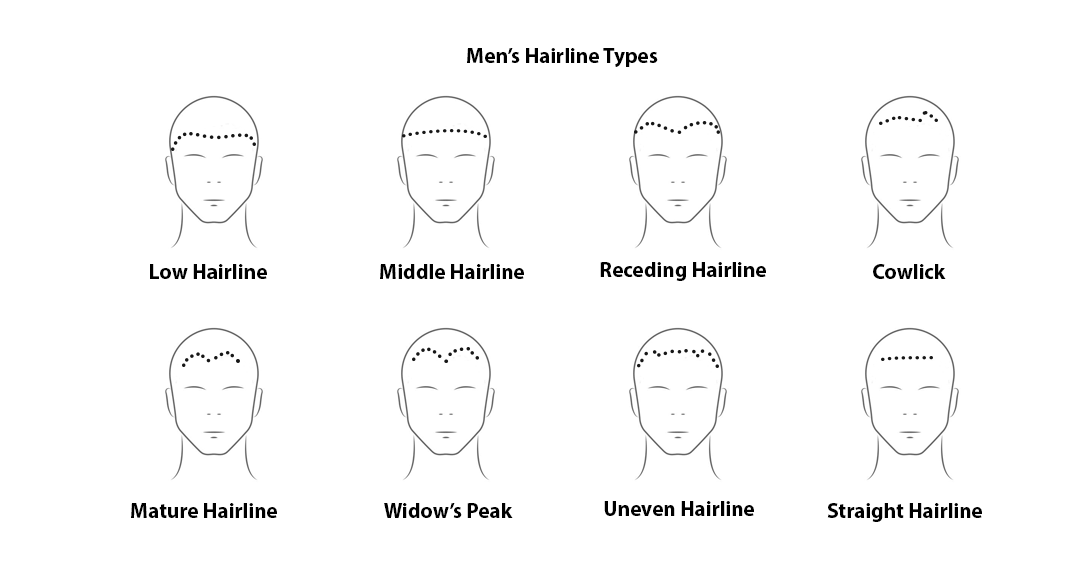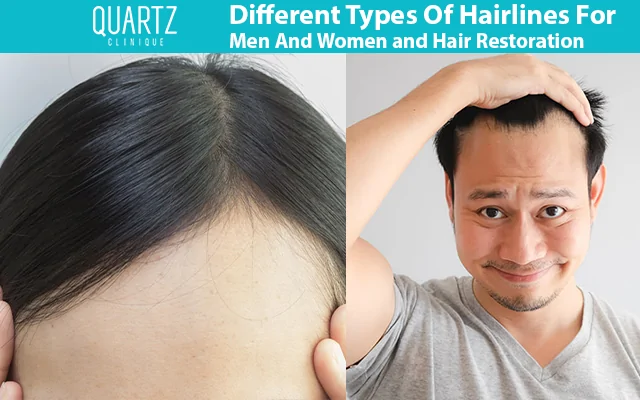Hair loss can have a profound effect on a person’s self-esteem, appearance, and overall confidence. Whether caused by genetics, hormonal changes, stress, or aging, it often leads people to seek long-lasting and natural solutions.
Hair restoration has become one of the most effective ways to regain hair density and improve one’s image — and Turkey has emerged as a world leader in this field, offering advanced technology, experienced surgeons, and affordable prices.
At Quartz Hair Clinic Istanbul, hair restoration procedures are performed using the latest medical innovations to ensure safe, natural, and lifelong results for both men and women.
What Is Hair Restoration?
Hair restoration refers to the process of repairing or replacing lost hair using medical or surgical methods. It includes a range of techniques designed to regrow, strengthen, and preserve natural hair.
The most common approach is hair transplant surgery, but non-surgical treatments such as PRP, exosome therapy, and mesotherapy are also widely used.
Common Hair Restoration Methods
Each hair restoration method addresses different causes and stages of hair loss. Below are the most effective and widely used techniques:
1. Hair Transplantation
A surgical procedure where healthy hair follicles from the donor area (usually the back of the head) are transplanted into thinning or bald areas.
Modern techniques such as FUE (Follicular Unit Extraction) and DHI (Direct Hair Implantation) provide natural results without visible scarring.
2. Topical Medications
Topical solutions like Minoxidil help stimulate hair follicles and slow down hair loss. However, they require consistent, long-term use to be effective.
3. Hormonal Treatments
For individuals experiencing hair loss due to hormonal imbalance, medications such as Finasteride or Dutasteride may be prescribed to regulate DHT levels, the hormone responsible for follicle miniaturization.
4. Nutrition and Lifestyle Adjustments
A balanced diet rich in vitamins and proteins, regular scalp care, and stress management play a crucial role in maintaining strong and healthy hair.
Effectiveness of Hair Restoration Surgery
Hair restoration surgery, often called hair transplant surgery, is a clinically proven and highly effective method for treating hair loss.
When performed by an experienced specialist, success rates can reach 90–95%, resulting in permanent and natural-looking outcomes.
Key Advantages
- Permanent and natural results
- Quick recovery and minimal downtime
- Enhanced confidence and appearance
Possible Side Effects
- Temporary swelling or redness
- Mild discomfort after the procedure
- Rare cases of infection or scarring

Hair Loss Patterns in Men and Women
Hair loss presents differently in men and women due to genetic and hormonal factors.
The table below shows the most common types of hair loss:
| Gender | Type | Cause | Pattern |
|---|---|---|---|
| Men | Androgenetic Alopecia | Genetics & DHT Hormone | Receding hairline, thinning crown |
| Women | Female Pattern Baldness | Hormonal imbalance, genetics | Diffuse thinning on top of the scalp |
Principles of Hairline Design in Hair Restoration
A natural and well-designed hairline is the foundation of a successful hair transplant.
Surgeons follow several key principles to achieve realistic and aesthetic results:
- Natural Transition: The hairline should blend seamlessly with existing hair.
- Symmetry: Balanced density on both sides of the forehead.
- Softness: Gradual density to avoid harsh lines.
- Age Compatibility: The design should complement the patient’s facial structure and age.
- Customization: Each hairline is tailored to the individual’s facial proportions.
Is Hair Restoration Surgery Painful?
Thanks to local anesthesia, modern hair restoration procedures are virtually painless.
Patients may feel mild pressure during the operation, and temporary tenderness may occur afterward.
Most people can return to work within 2–3 days, with visible growth starting after 3 months, and full results becoming evident within 9–12 months.

Why Choose Hair Restoration in Turkey?
Turkey has become a global destination for hair restoration due to:
- Experienced surgeons specializing in advanced transplant methods
- Affordable prices compared to Europe and the US
- High patient satisfaction and medical tourism infrastructure
At Quartz Hair Clinic Istanbul, our experienced team combines modern medical technology with personalized treatment to ensure natural, safe, and lasting results.
Hair restoration is a scientifically proven and effective way to treat hair loss and regain natural, permanent results.
Whether you are dealing with mild thinning or advanced baldness, modern hair transplant and restoration methods can restore both your appearance and confidence.
With skilled specialists and cutting-edge techniques, Quartz Hair Clinic Istanbul offers one of the most advanced hair restoration services in Turkey.

